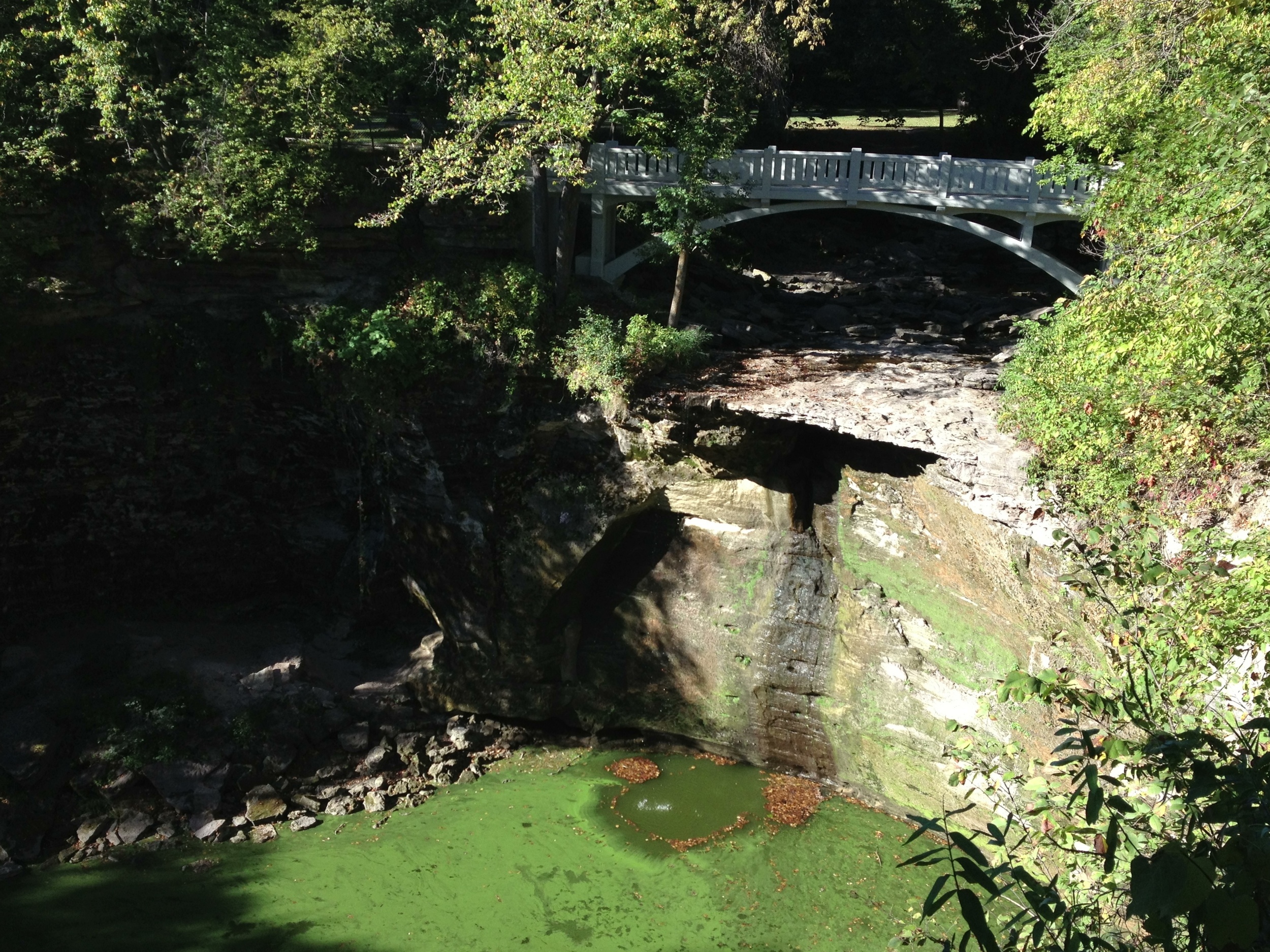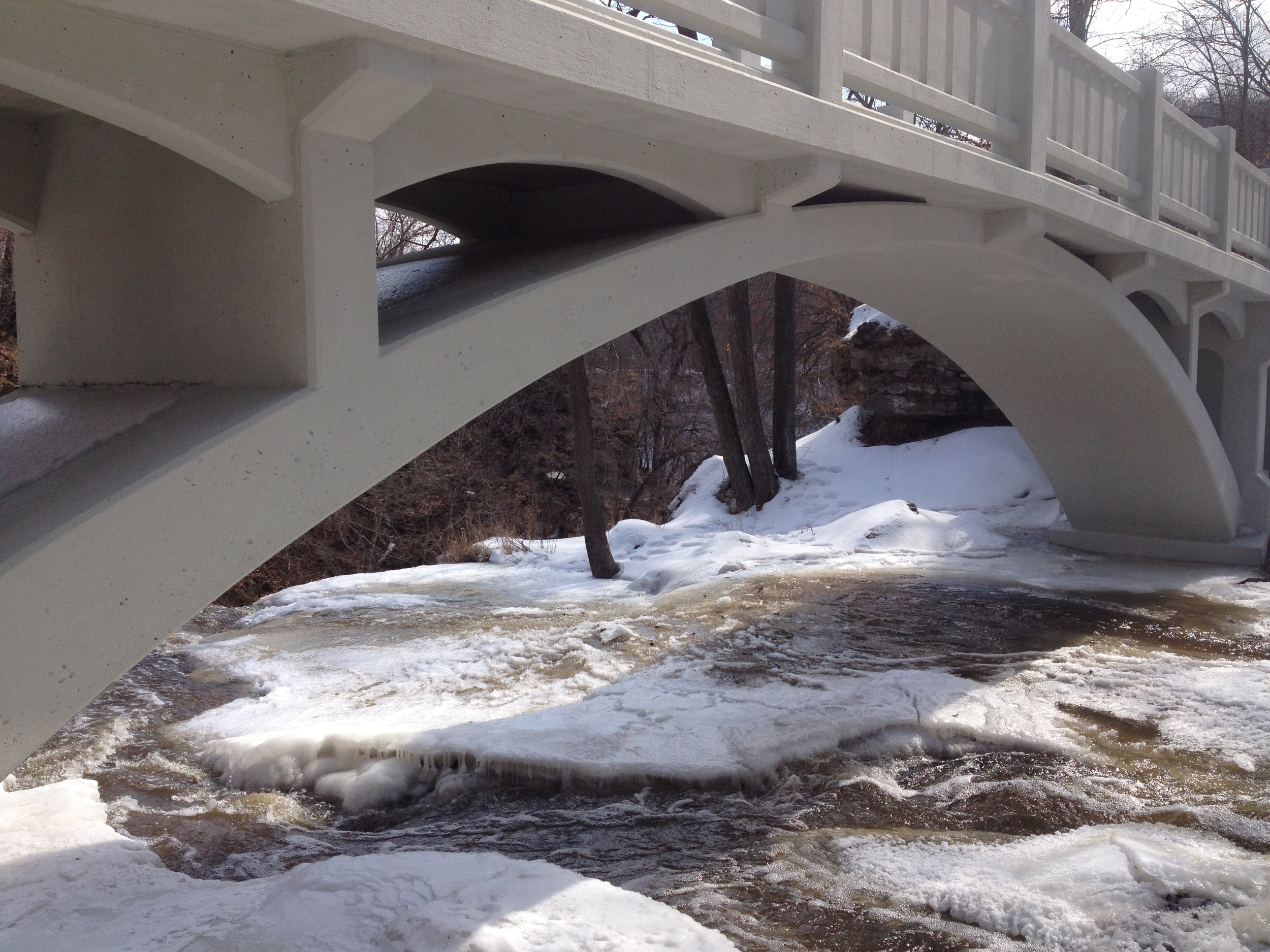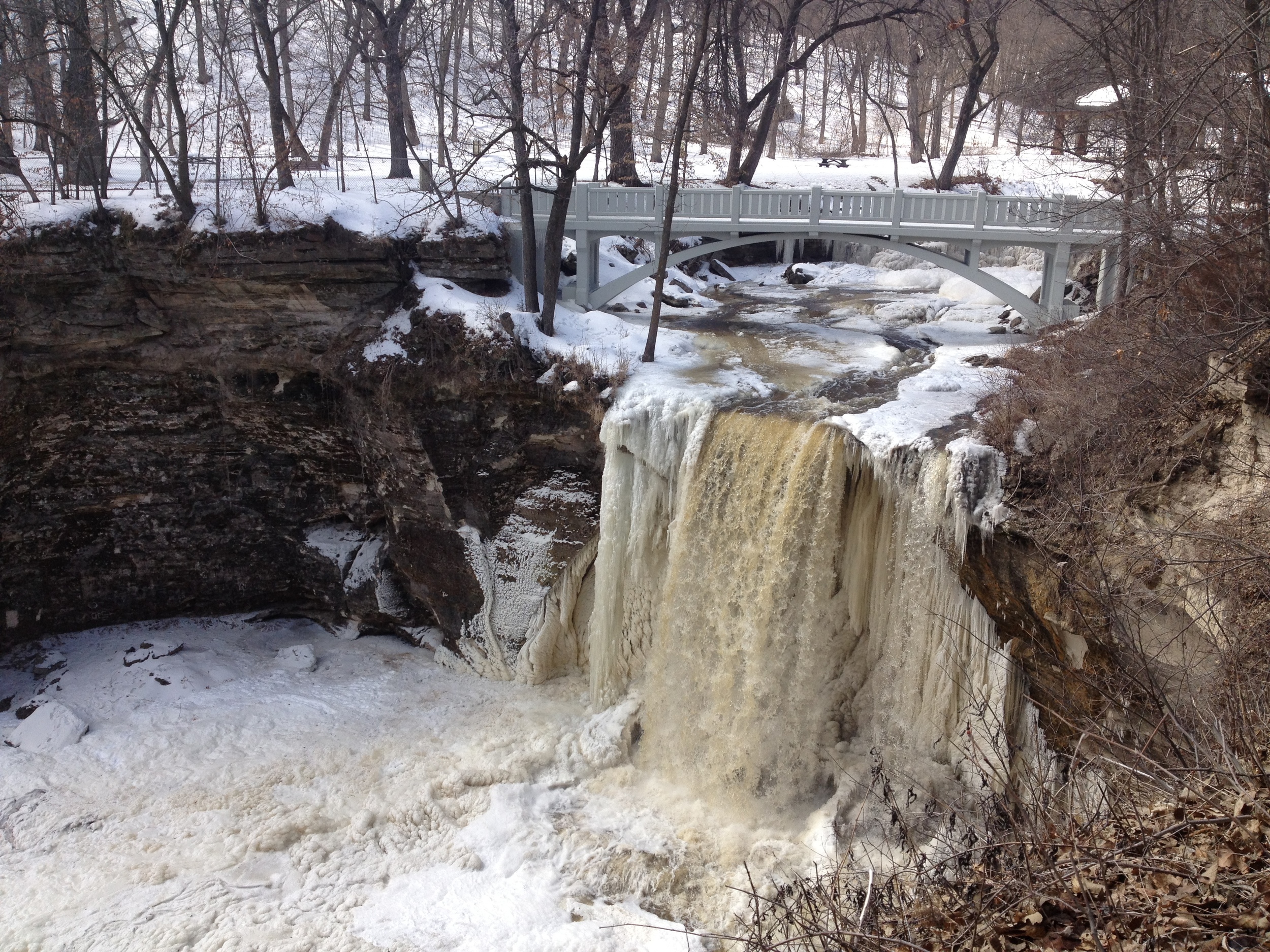Barbed wire at Blue Mounds State Park keep the herd of Bison from wandering away into surrounding farm fields.
The Drive: It is a short drive from Split Rock Creek to Blue Mounds in Luverne, MN, but it is through some of the most idyllic farmland in the state. Do you ever look at something and just think, "That's America"? The patchwork quilt of corn and soybean fields draped over gently rolling hills is exactly what is meant by "amber waves of grain." Feel free to look around you as you drive because the road is so empty, no one will care if you swerve just a little bit for the noble purpose of cementing the image of American in your mind.
Is this even Minnesota!? Cacti at Blue Mounds State Park
The Park: This is a destination park, one that would be worth planning an entire trip around. The vast expanses of restored and native prairie, a camping spot perched on the edge of a quartzite cliff or sheltered among giant rock outcroppings with the trickle of a hidden creek in the background, a panorama of the world's breadbasket at your feet, an endless night sky alight with stars, and of course Minnesota's only herd of wild bison. I love the forests and lakes and bluffs of the rest of Minnesota, but there is nothing that can compare to the wide open space of a prairie. This is the land of sod houses, deadly blizzards, vast bison herds, and a Prairie Home Companion. Laura Ingalls Wilder's House on Plum Creek is only a few miles away as are the Nebraska prairie's of Willa Cather. After setting up camp in my hike in cove, I headed out to the Mound and watched the sun set. The whole park is set up on a giant Sioux Quartzite (remember Sioux Quartzite from Pipestone?) rock formation called the Mound. The prairie is always beautiful there, but at sunset it was an inferno. Reds, yellows, and oranges danced around in the never ceasing wind. Silhouettes of silo's dotted the horizon and just visible at the far end of their territory were the bison - the lords of the prairie.
View from the mound at Blue Mounds State Park
The Hike: At 6.2 miles, the Blue Mounds State Park Hiking Club hike is on the long side. I woke up before dawn in order to take in the sunrise on the hike. Although I was cold and groggy, it was worth it. The colors of the night before flowed around me again and the country below the Mound was shrouded in a light fog - just enough to highlight the curvature of the land. Like many Minnesota hiking club hikes, this one has two parts, both starting at the biking trailhead parking lot. The first is the reason you're there. It loops around the Mound, one side following the barbed wire fence of the bison enclosure and the other edging right up to the cliff. If you're there in the summer (which I was not), check out the nature center on the far side of the trail. And keep an eye out for prickly pear cacti (it's always fun to see cacti when it's cold enough to see your breath). The second part loops around the north side of the park, following the north ridge. I booked it through this section because it was clearly raining in the distance and I wanted to finish before I got soaked. Although less iconic than the first loop, you get a chance to see the diversity of the park. The trail ended by following the north side of the bison enclosure (the viewing platform on the way can double as a stargazing platform if you're sneaky at night).
Possibly the best state park I've hit on my hiking club quest, Blue Mounds is to the Minnesota prairie as Scenic State Park was to the north woods. Definitely put it on your "To Hike" list.
Cumulative Miles Hiked: 35
Cumulative Miles Driven: 933
Arbitrary Rating: 5/5

















































































